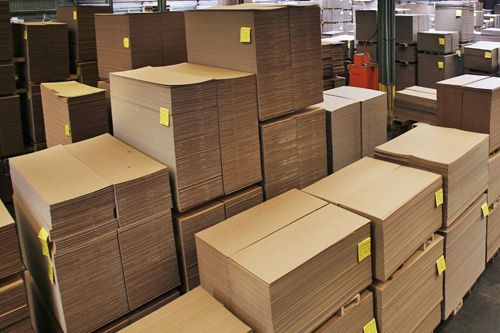How to Choose Between 3 Ply, 5 Ply, and 7 Ply Corrugated Boxes
When it comes to packaging, choosing the right corrugated box is critical. The strength of your box depends on the number of layers — or “ply” — used in its construction. But how do you decide whether a 3 Ply, 5 Ply, or 7 Ply corrugated box is right for your product?
In this blog, we’ll break down the differences and help you make the right choice.
What Does “Ply” Mean in Corrugated Boxes?
Corrugated boxes are made of layers of paper:
- Linerboards (the flat outer surfaces)
- Fluting (the wavy paper between linerboards)
The number of plies determines how many layers of liners and fluting your box has, directly impacting its strength, durability, and usage.
3 Ply Corrugated Boxes – Lightweight & Cost-Effective
- Structure: Two outer liners + one fluted layer (single wall).
- Best For: Lightweight or medium-weight products.
- Industries: FMCG, pharmaceuticals, apparel, e-commerce, and retail.
- Why Choose: Affordable, easy to handle, customizable for printing/branding.
Use 3 Ply when cost is important, and your products are not very fragile or heavy.
5 Ply Corrugated Boxes – Stronger with Extra Cushioning
- Structure: Three liners + two fluted layers (double wall).
- Best For: Medium to heavy products, or fragile items needing extra protection.
- Industries: Electronics, packaged food, glassware, appliances, industrial parts.
- Why Choose: Excellent balance between strength and cost; reliable for long-distance transport.
Use 5 Ply when your goods need extra cushioning and safe stacking during shipping.
7 Ply Corrugated Boxes – Heavy-Duty for Maximum Protection
- Structure: Four liners + three fluted layers (triple wall).
- Best For: Large, bulky, heavy, or export products.
- Industries: Automobile, engineering, furniture, machinery, international shipments.
- Why Choose: Superior strength, compression resistance, shock absorption.
Use 7 Ply when transporting valuable or oversized products, especially for exports or long transit times.


